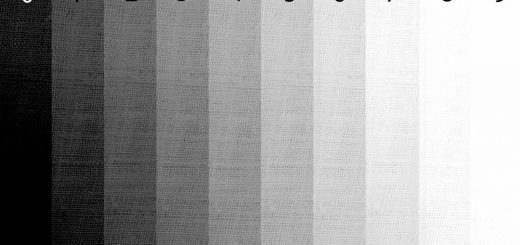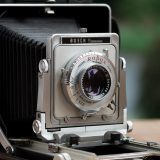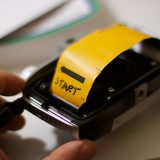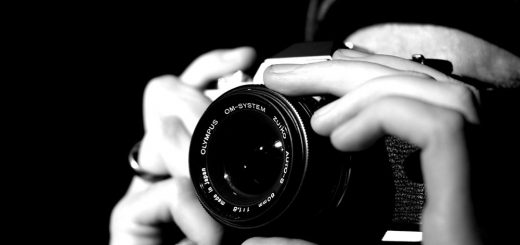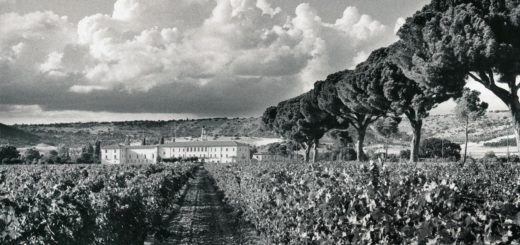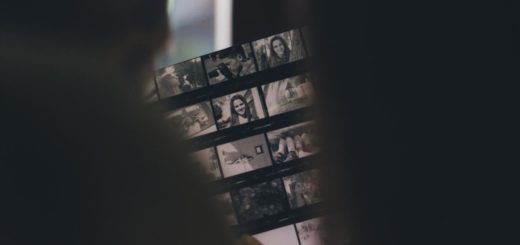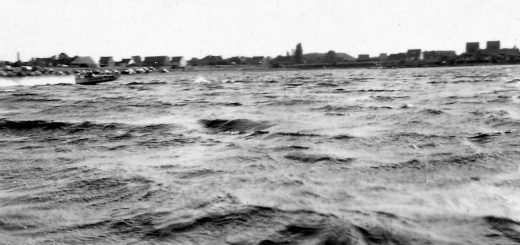Sunny 16 Rule for Film Photography Without a Light Meter

Photo by paul lacoste. Licensed under CC BY 2.0
If you happen to be without a camera that has through-the-lens light meter or don’t have a handheld light meter, then you may wonder how to manually set the aperture and shutter speed for correct exposure. Luckily, there is a basic photography tip called “Sunny 16” to help you with a exposure on a sunny day.
The Sunny 16 Rule
The basic rule is very simple: if you have a bright, sunny day, then use f-stop 16 for your camera lens aperture. The shutter speed should then be set to the equivalent of your ISO film speed – or the next number over. For example, if you are using an ISO film speed of 100, your shutter speed should be set to 1/125. More than often, your shutter speed number will be higher than the ISO film speed, but it is simply easier to remember that film speed equals shutter speed.
The Sunny 16 rule can also help to determine aperture and shutter speed settings when conditions are not typical sunny days. For example, a hazy sun will require you to close one stop to f/11 while an overcast day would require f/5.6. Normally, changing the f-stop would require you to also change your shutter speed to ensure an even exposure. With the Sunny 16 rule, disregard that. Simply remember to keep you shutter speed set to the film speed ISO and the aperture to the amount of sun available.
Here is a quick table to help you understand the Sunny 16 rule, how it applies to different film speeds, and how different amounts of sun will affect the f-stop.
|
|
Sunny |
Hazy Sun |
Cloudy |
Overcast |
|
F-Stop |
f / 16 |
f / 11 |
f / 8 |
f / 5.6 |
|
ISO 100 |
1/125 |
1/125 |
1/125 |
1/125 |
|
ISO 200 |
1/250 |
1/250 |
1/250 |
1/250 |
|
ISO 400 |
1/500 |
1/500 |
1/500 |
1/500 |
|
ISO 800 |
1/1000 |
1/1000 |
1/1000 |
1/1000 |


